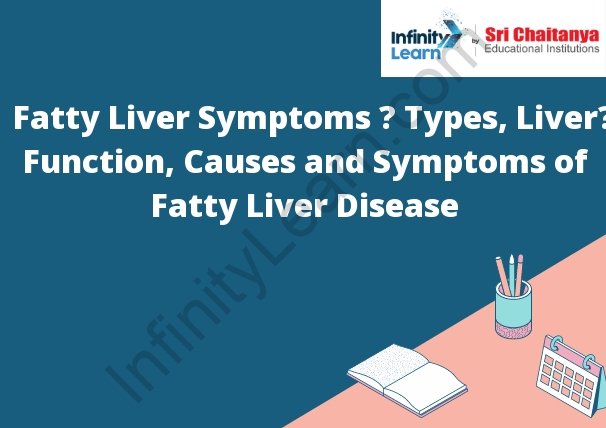Table of Contents
What is Fatty Liver Disease?
Fatty liver disease is a condition that results when fat accumulates in the liver. The condition can be caused by many factors, including obesity, diabetes, and alcohol abuse.
Fatty liver disease may cause few or no symptoms. In some cases, however, the condition can lead to liver damage and even liver failure. Treatment focuses on reversing the underlying cause of the condition.

Liver’s Function
The liver is a major organ in the body responsible for a wide range of essential functions. These include:
-Processing food and drink into nutrients that the body can use
-Storing energy in the form of glycogen
-Breaking down food and drink into energy
-Helping to fight infection
-Removing toxins from the body
-Regulating blood clotting
-Producing bile which helps to digest food
The liver is also responsible for manufacturing certain proteins and hormones, including cholesterol and insulin.
Stages of Fatty Liver Disease
The stages of fatty liver disease are determined by the severity of the condition and the amount of fat in the liver. In the early stages, fatty liver disease may not cause any symptoms. As the condition progresses, the liver may become enlarged and you may experience fatigue, nausea, and vomiting. In the most advanced stages, the liver may fail and you may need a liver transplant.
The liver is one of the most important organs in the body. It is responsible for a variety of essential tasks, including breaking down food, removing toxins from the blood, and producing important proteins and hormones.
Fatty liver disease is a condition that occurs when fat builds up in the liver. There are several stages of fatty liver disease, and the severity of the condition will vary from person to person.
In the early stages of fatty liver disease, there may be no symptoms at all. As the condition progresses, however, people may experience fatigue, weight loss, nausea, vomiting, and abdominal pain.
If left untreated, fatty liver disease can lead to serious health problems, including cirrhosis, liver cancer, and liver failure.
There is no cure for fatty liver disease, but there are several steps that people can take to protect their liver and improve their health. These include eating a healthy diet, getting regular exercise, and avoiding alcohol and other toxins.
fatty liver disease is a condition that occurs when fat builds up in the liver.
There are several stages of fatty liver disease, and the severity of the condition will vary from person to person.
In the early stages of fatty liver disease, there may be no symptoms at all. As the condition progresses, however, people may experience fatigue, weight loss, nausea, vomiting, and abdominal pain.
If left untreated, fatty liver disease can lead to serious health problems, including cirrhosis, liver cancer, and liver failure.
There is no cure for fatty liver disease, but there are several steps that people can take to protect their liver and improve their health. These include eating a healthy diet, getting regular exercise, and avoiding alcohol and other toxins.
Types of Liver Fatty Diseases
There are many types of fatty liver diseases, but the most common are non-alcoholic fatty liver disease (NAFLD) and alcoholic fatty liver disease (AFLD).
NAFLD is the most common type of liver disease, affecting up to 25% of the population. It is caused by the accumulation of excess fat in the liver, often due to obesity or diabetes.
AFLD is a result of excessive alcohol consumption and is the most common form of liver disease in the United States. It affects nearly 20% of heavy drinkers and can lead to liver cirrhosis and death.
Causes of Fatty Liver Disease
The most common causes of fatty liver disease are obesity and diabetes. However, there are many other potential causes, including:
• Alcohol abuse
• Viral hepatitis
• Autoimmune hepatitis
• Hemochromatosis
• Wilson’s disease
• Alpha-1 antitrypsin deficiency
• Nonalcoholic steatohepatitis (NASH)
Symptoms of Fatty Liver Disease
The main symptoms of fatty liver disease are feeling very tired and sick, loss of appetite, weight loss, pain in the upper right hand side of your tummy, and yellowing of your skin and the whites of your eyes (jaundice).
Fatty liver disease is a condition that results when too much fat accumulates in the liver. The excess fat can cause the liver to swell and become inflamed. Fatty liver disease is the most common type of liver disease in the United States.
There are several symptoms of fatty liver disease, including:
-Fatigue
-Nausea
-Vomiting
-Loss of appetite
-Abdominal pain
-Jaundice
If you experience any of these symptoms, it is important to see a doctor. Left untreated, fatty liver disease can lead to serious health problems, including liver failure.









